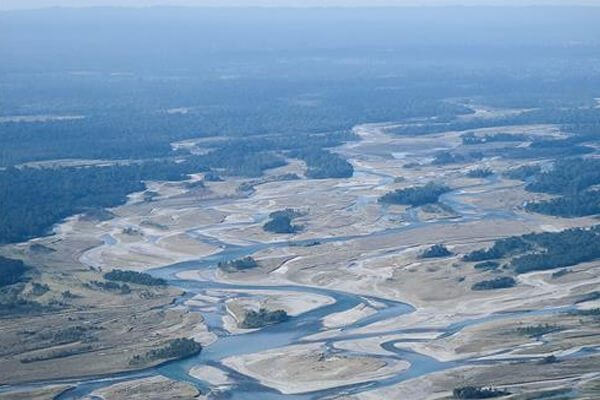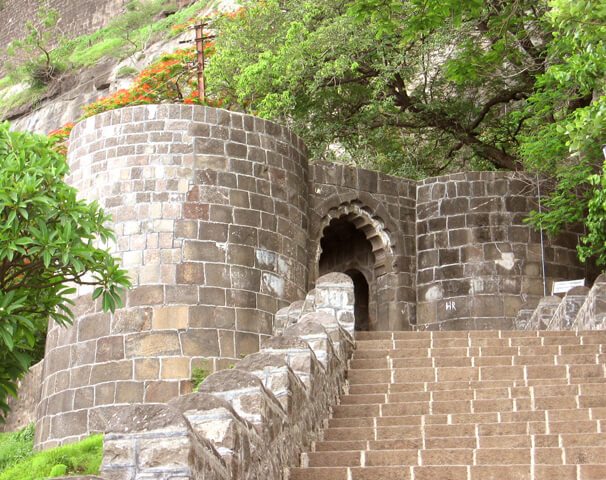Shivneri Fort is a historical gem in Maharashtra. It attracts visitors year-round.
But when is the best time to visit Shivneri? Shivneri Fort is best visited during the cooler months. This period offers a pleasant climate and clearer skies. Monsoon season, from June to September, brings lush greenery and scenic beauty. Winter, from November to February, provides comfortable temperatures for exploration.
Summer months can be quite hot, making it less ideal. Visiting during festivals can add a cultural touch to your trip. Each season has its charm, but choosing the right time can enhance your experience. In this blog, we will explore the best times to visit Shivneri Fort, ensuring you make the most of your journey to this historic site.
Introduction To Shivneri
Shivneri Fort is a place of great historical importance in Maharashtra, India. It’s where the legendary Maratha king, Chhatrapati Shivaji Maharaj, was born. Many visitors come here to feel the spirit of this historic place.
Historical Significance
Shivneri Fort is not just a fort but a symbol of Maratha pride. Chhatrapati Shivaji Maharaj, the founder of the Maratha Empire, was born here in 1630. The fort played a significant role in India’s history. It offers a glimpse into the past and the life of a great warrior.
Geographical Location
Shivneri Fort is located in the Junnar region of Maharashtra. It is about 100 kilometers from Pune. The fort sits atop a hill and offers stunning views of the surrounding landscape. The climb to the fort is steep, but the views are worth it.
Weather Conditions
Planning to visit Shivneri? Understanding the weather can enhance your trip. The climate varies throughout the year. Knowing the best times ensures a pleasant experience. Let’s break down the weather conditions in Shivneri.
Climate Overview
Shivneri experiences a tropical climate. The area enjoys warm temperatures most of the year. Summers can get quite hot. Winters are mild and pleasant. The monsoon season brings heavy rainfall. This varied climate makes it important to choose the right time for your visit.
Seasonal Variations
Summer (March to June): Temperatures range between 25°C to 35°C. The heat can be intense. This season is less crowded. Perfect for those who prefer fewer tourists.
Monsoon (July to September): Rainfall is heavy and frequent. The region turns lush green. Sightseeing can be tricky due to the rain. It adds a unique charm to the landscape.
Winter (October to February): Temperatures drop to 10°C to 25°C. Ideal for outdoor activities. The weather is cool and comfortable. This is the peak tourist season. Perfect for exploring without the heat.
Winter Season At Shivneri
Visiting Shivneri during the winter season is a truly magical experience. The cool breeze, the serene ambiance, and the less crowded pathways make it an ideal time to explore this historical gem. If you’re planning a trip, the winter months from November to February offer the perfect blend of pleasant weather and scenic beauty.
Temperature Range
During winter, the temperature at Shivneri ranges between 10°C to 25°C. This is perfect for those who want to escape the harsh summer sun and enjoy the fort without breaking a sweat. The mornings are crisp and invigorating, while the afternoons are comfortably warm. As the sun sets, the temperature drops, creating a cozy atmosphere. So, pack a light sweater or a jacket to keep yourself warm during the evenings.
Activities To Enjoy
Winter is an excellent time for various activities at Shivneri. Here are a few you should not miss:
- Historical Exploration: Wander through the ancient corridors and learn about the rich history of the fort. The cooler weather makes it easier to spend hours exploring without feeling exhausted.
- Photography: The clear winter skies provide perfect lighting for capturing stunning photographs. The lush greenery and historical architecture make for a picturesque backdrop.
- Trekking: If you love adventure, winter is the best time to trek to Shivneri. The trails are more manageable, and the cool weather keeps you energized.
- Bird Watching: Shivneri is home to various bird species, especially during winter. Bring your binoculars and enjoy some peaceful bird watching.
Have you ever felt the thrill of discovering a place with fewer tourists? Winter at Shivneri offers exactly that. The fort is less crowded, providing you with the opportunity to explore at your own pace. Imagine standing at the top of the fort, with the cool breeze in your hair, and a panoramic view of the landscape below. It’s an experience that is both refreshing and invigorating.
So, are you ready to pack your bags for a winter adventure at Shivneri? Remember to carry your camera, a pair of comfortable shoes, and a spirit of exploration. Whether you’re a history buff, a nature lover, or an adventure seeker, Shivneri in winter has something for everyone.
Summer Season At Shivneri
Summer at Shivneri brings a unique charm. The fort, rich in history, offers a blend of adventure and learning. Visiting Shivneri in summer means experiencing the fort’s beauty under bright, sunny skies. The summer season, typically from March to June, has its advantages. It’s a great time for early morning hikes. Let’s explore more about summer at Shivneri.
Heat And Humidity
The summer heat at Shivneri can be intense. Temperatures often rise above 35°C. The humidity levels can also be high. This combination can make midday visits challenging. Wearing light, breathable clothing helps. Staying hydrated is crucial. Carry enough water to avoid dehydration. The heat can be exhausting, so short breaks are important.
Best Time For Sightseeing
Early mornings are the best for sightseeing at Shivneri. The temperature is cooler. The sun’s rays are gentle. Exploring the fort’s structures and learning its history is easier. Late afternoons also work well. The fort looks beautiful under the setting sun. Midday visits are not recommended. The heat can be overwhelming. Stick to mornings or evenings for the best experience.
Monsoon Season At Shivneri
Monsoon Season at Shivneri is a magical time. The fort transforms with vibrant greenery and flowing waterfalls. Visitors enjoy the cool climate and scenic beauty. Here is what you can expect during this season.
Rainfall Patterns
The monsoon at Shivneri usually starts in June and lasts until September. Rain is frequent and heavy during these months. The fort receives consistent showers, often in the afternoon. This pattern ensures the land stays lush and green. It is important to carry rain gear. You may encounter sudden downpours.
Lush Greenery And Waterfalls
The monsoon rains bring life to Shivneri’s flora. The hills and valleys become a green paradise. The sight is breathtaking. Waterfalls appear all over the area. They cascade down the rocks, creating a mesmerizing view. The sound of water adds to the serene atmosphere. It is ideal for nature lovers. You can enjoy a peaceful walk surrounded by nature’s beauty.
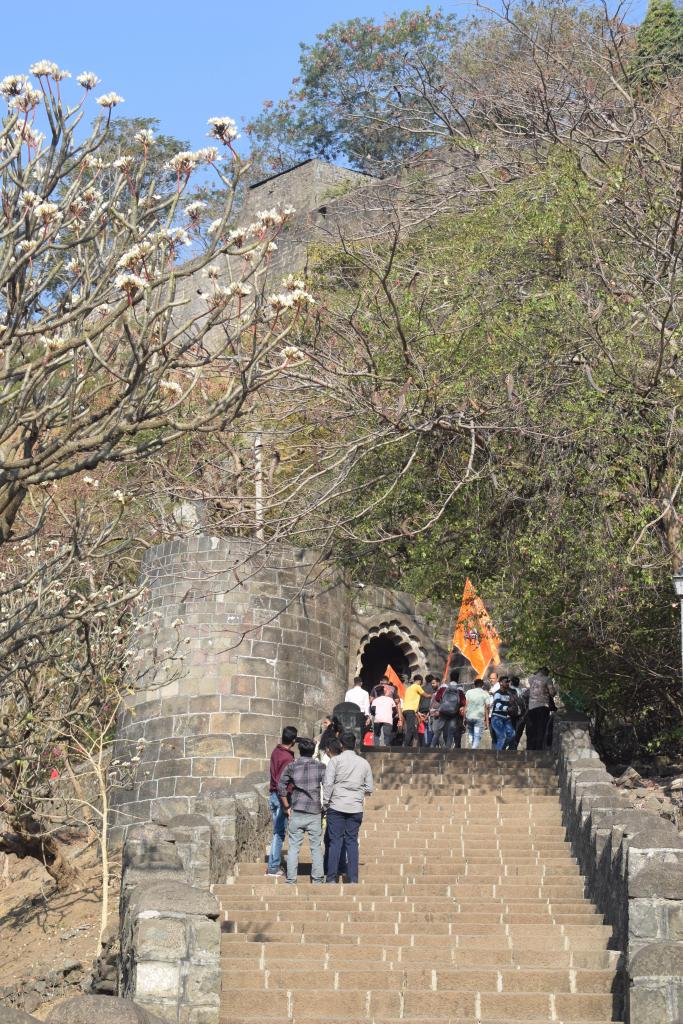
Credit: queenoftreasures.com
Festivals And Events
Visit Shivneri during the winter months from November to February. The weather is pleasant and ideal for exploring. The annual Shivjayanti festival in February adds to the experience.
Visiting Shivneri is a journey through time, culture, and celebration. The best time to visit this historic fort is during its vibrant festivals and events, when the air is filled with excitement and the spirit of the local traditions shines bright. Whether you’re a history enthusiast, a culture lover, or simply looking for a unique experience, the festivals and events at Shivneri will captivate you.Cultural Celebrations
Shivneri Fort comes alive during various cultural celebrations. One of the most significant events is Shiv Jayanti, the birth anniversary of Chhatrapati Shivaji Maharaj. Held annually on February 19th, this festival sees the fort adorned with lights and decorations. Locals and visitors gather to pay homage to the great Maratha leader. Traditional music, dance performances, and reenactments of historical events create an immersive experience. Have you ever imagined witnessing a historical reenactment amidst the very walls where history unfolded? At Shivneri, you can. The celebrations include folk dances like Lavani and Powada, which narrate tales of bravery and valor. These performances are not just entertaining but also educational, offering a glimpse into the rich cultural tapestry of Maharashtra.Special Attractions
Festivals at Shivneri aren’t just about cultural performances; they also feature special attractions that enhance your visit. One such attraction is the food festival that accompanies Shiv Jayanti. Stalls offering traditional Maharashtrian delicacies like Puran Poli, Bhakri, and Vada Pav are a treat for your taste buds. Imagine savoring these dishes while enjoying a panoramic view of the surrounding landscape from the fort. It’s an experience that combines the best of history, culture, and gastronomy. Another highlight is the guided tours led by local historians. These tours are often organized during major festivals and provide deeper insights into the fort’s significance. Wouldn’t you love to hear stories about Shivaji’s childhood and his strategic brilliance from someone who has grown up listening to these tales? These tours offer just that. Moreover, during festivals, there are handicraft exhibitions where local artisans display their crafts. Purchasing a handcrafted item not only gives you a unique souvenir but also supports the local economy. Have you ever thought about the impact of your travel choices on the communities you visit? By participating in these festivals and events, you’re contributing to the preservation of local culture and traditions. In essence, visiting Shivneri during festivals and events offers a multi-faceted experience. The cultural celebrations, combined with special attractions, make your visit memorable. So, when planning your trip, why not align it with one of these vibrant festivals? You’ll not only witness the fort in all its glory but also take home memories of a lifetime.Crowd And Travel Tips
Visiting Shivneri Fort can be an unforgettable experience, but planning is key. Knowing the best times to visit can make your trip more enjoyable. Understanding crowd patterns and travel essentials will help you have a smooth journey.
Best Time To Avoid Crowds
Weekdays are less crowded than weekends. Arrive early in the morning for a peaceful visit. The monsoon season sees fewer visitors, but be prepared for rain. Winter months from November to February are ideal for pleasant weather and fewer crowds.
Travel Essentials
Wear comfortable walking shoes as the fort has many steps and uneven paths. Carry a water bottle to stay hydrated. Pack some snacks to keep your energy up. A hat and sunscreen will protect you from the sun. Bringing a light jacket is a good idea during the winter months.
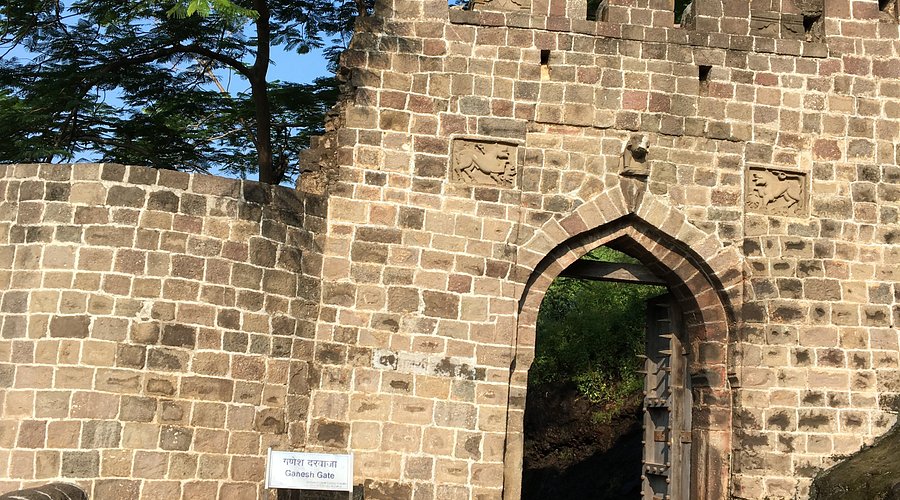
Credit: www.tripadvisor.com
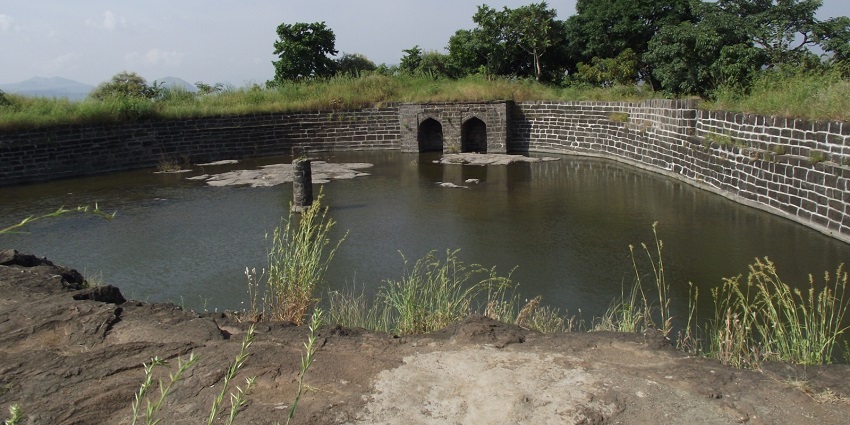
Credit: tripxl.com
Frequently Asked Questions
What Is The Best Time To Visit Shivneri Fort?
The best time to visit Shivneri Fort is between October and March. The weather is pleasant and perfect for exploring.
Which Is The Best Time To Visit Pune?
The best time to visit Pune is from October to February. The weather is pleasant and ideal for sightseeing.
Which Is The Best Time To Visit Maharashtra?
The best time to visit Maharashtra is between October and March. The weather is pleasant and ideal for sightseeing.
Which Station Is Near To Shivneri Fort?
The nearest station to Shivneri Fort is Junnar. This station is around 2 kilometers away from the fort.
Conclusion
Visiting Shivneri offers a memorable experience. The best time to visit is winter. Cooler weather makes exploring more enjoyable. Avoid the summer heat and monsoon rain. Winter months provide clear skies and pleasant temperatures. Perfect for sightseeing and photography. Plan your trip between November and February.
Enjoy the historical marvels without discomfort. Shivneri’s rich history and scenic beauty await. Make the most of your visit by choosing the right season. A trip to Shivneri in winter will be rewarding and delightful.
{ “@context”: “https://schema.org”, “@type”: “FAQPage”, “mainEntity”: [ { “@type”: “Question”, “name”: “What is the best time to visit Shivneri Fort?”, “acceptedAnswer”: { “@type”: “Answer”, “text”: “The best time to visit Shivneri Fort is between October and March. The weather is pleasant and perfect for exploring.” } } , { “@type”: “Question”, “name”: “Which is the best time to visit Pune?”, “acceptedAnswer”: { “@type”: “Answer”, “text”: “The best time to visit Pune is from October to February. The weather is pleasant and ideal for sightseeing.” } } , { “@type”: “Question”, “name”: “Which is the best time to visit Maharashtra?”, “acceptedAnswer”: { “@type”: “Answer”, “text”: “The best time to visit Maharashtra is between October and March. The weather is pleasant and ideal for sightseeing.” } } , { “@type”: “Question”, “name”: “Which station is near to Shivneri Fort?”, “acceptedAnswer”: { “@type”: “Answer”, “text”: “The nearest station to Shivneri Fort is Junnar. This station is around 2 kilometers away from the fort.” } } ] }

